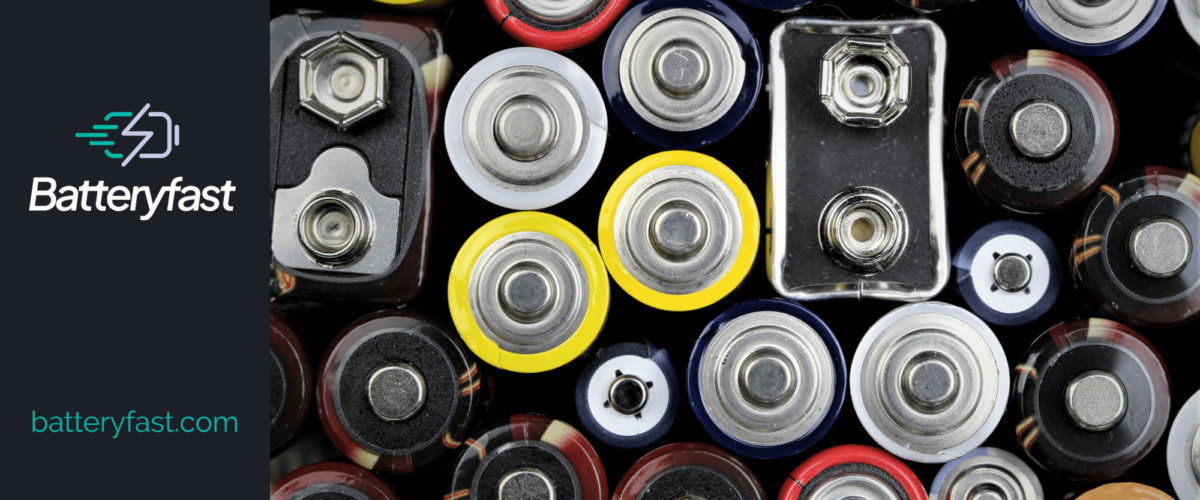Molten salt batteries contain two electrodes, the cathode and the anode, usually made from nickel and aluminium. Salt is solid when at room temperature, but heating it to 180 C turns the salt to a liquid. This is known as a molten state.
When the salt is molten, charged particles (ions) in the liquid can move freely. It is this free movement of charged ions that creates chemical energy.
When the battery cools down, the salt becomes solid again. This means that the once free-moving, energy-carrying ions are now locked in place. To release the energy, the battery needs to be heated again, allowing the ions to flow.
Molten salt batteries have long life cycles and use simple manufacturing materials. The heating, cooling and reheating process is both energy efficient and can be produced over a longer period of time. This method also avoids the self-discharging of batteries, as ions are locked or frozen in place when cooled.
Molten salt batteries also have their limitations. A high temperature is needed to keep the salt in its liquid state, and it is difficult to heat the battery when conditions are cold. The rising cost of nickel means that other materials may have to be used.

